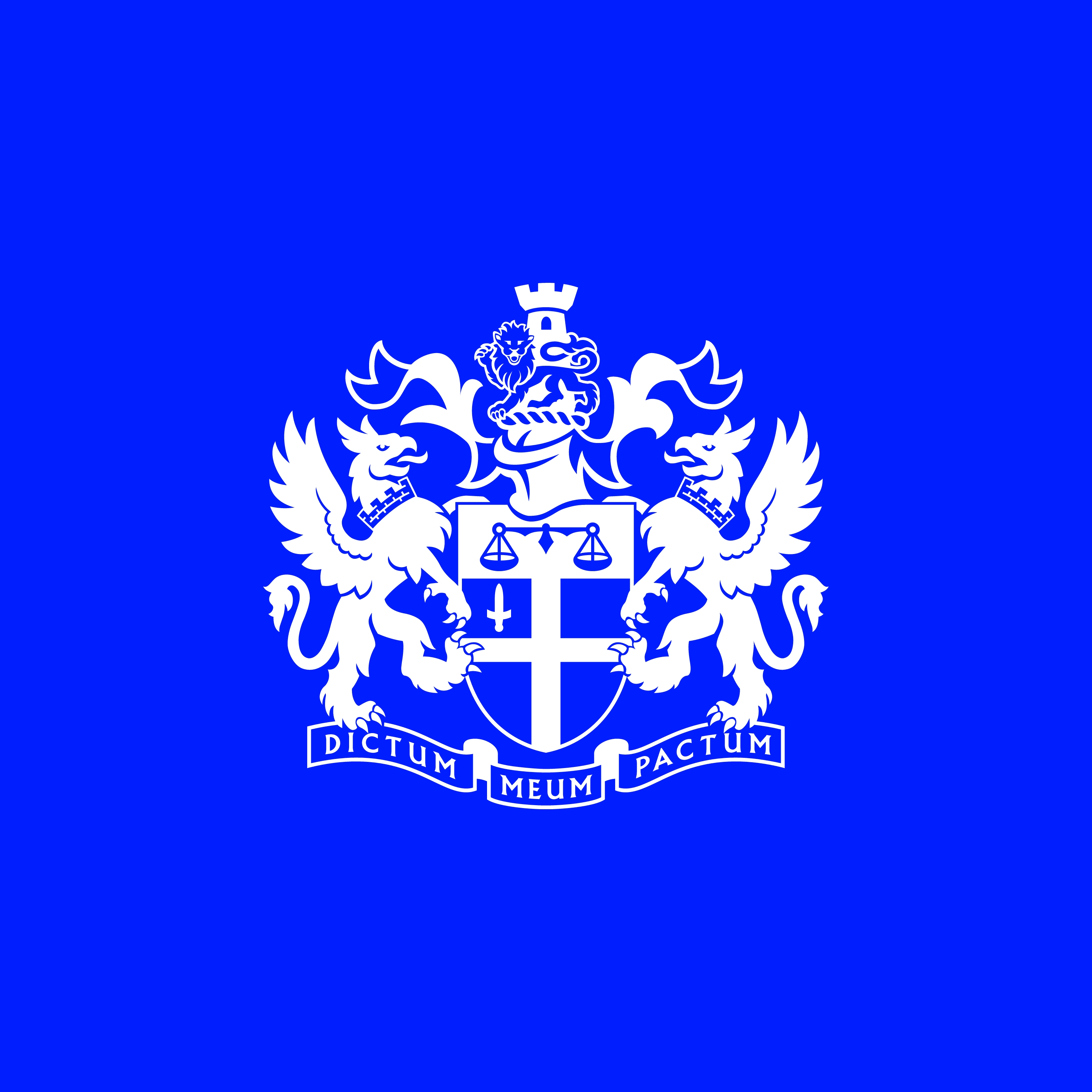Episode Transcript
Florence: Hello, and welcome to London Stock Exchange's Be Inspired series. In this series, we chat with the CEOs, founders, and senior leaders of London's private and listed companies, and ask them to share their journeys with us. We explore how their businesses got to where they are today and their growth plans for the future.
My name is Florence Keelson-Anfu, and I'm a senior manager in our private markets team here at the London Stock Exchange. And today, I'm joined by Seyi Sosanya, the Co Founder and CEO of Gravity Sketch. Welcome, Seyi..
Seyi: Thank you for having me.
Florence: So, Shea. What inspired you to start GravitySketch?
Seyi: I worked in industry for several years in design, industrial design, and manufacturing, and I saw lots of problems in the process.
The biggest one was just unclear communication. Designer wants something, engineer wants something else, the manufacturing partner does something else. And one of the things I wanted to do was maybe be the communication bridge between those things. And that's what brought me to the UK to study. And I met my co founders, who also faced a lot of problems in industry.
So, we always end up with these compromised products. Whether it be a car that slightly doesn't look as the designer intended. Whether it be a piece of clothing or a garment that doesn't fit properly or has a fault in it. And so, the inspiration is really how do we help make better products and help communication throughout that creative process.
Florence: What support, in terms of grant funding and loans, did you get to kickstart the Gravity Sketch? And what advice would you give to a founder fundraising for the first time?
Seyi: In the early days, we got a little bit of funds from our school. Then we started to look out at the, the broader funding landscape for non dilutive capital.
And we saw a lot in Innovate UK. We got a grant from the European Union. I also joined the Royal Academy of Engineers as a fellow in their, entrepreneur
program. You get a bit of capital, but also coaching and mentoring, which helped us craft and start to build the, the deck for going out and raising venture capital funds.
What I would suggest, anyone that's going out and starting on this journey is to think about The why behind what they're building and the how so why are we doing this? How are we going to do this? And when are we going to deliver it to the market? But those questions are really essential because you're going to craft a narrative that you then need to share with investors or a grant committee that's going to issue you a bit of non dilutive capital, and if you don't have a really concise clear narrative it's really hard to bring someone else in that journey.
You get beat down a lot, and I went through in the first round of investment 56 pitches and got one yes. You know, so that's 55 no's. Investors have very little time to look at every single market and understand the depth and the problem space. It's a very hard task to do, and sometimes you only have 3, 4 minutes to do it in.
So, rehearse it, fall in love with it, just embody it and embrace it.
Florence: Now you've successfully closed your Series A round, so just talk us through that, because that's a very different experience from the first time around.
Seyi: Series A is different than Seed; when you, Seed you just have a, an idea, Series A you actually have revenue and you have some indication that what you're doing is fitting a market need.
For a long time we were chasing the market, or we were at least talking with end users. Is this the right product? Does this really fit with your workflow? And so we started to see this product market fit, and we had enough cash in the bank to continue at the scale that we were at. We were a pretty small team at that time.
And so, we decided to wait until we got a few more proof points that what we were doing was actually going to pick up steam in some of our biggest accounts. And as we started to see some of the accounts grow and expand, we were like, okay, this is probably a great time to look at the future of the business.
Like, where are we going to do, what are we going to do next year in terms of revenue and the year after that? And how are we going to support our customers? And as we started to see that uptake, it was the perfect moment to
go and talk to investors because you're starting to see the business performing really well.
And there's some signs of predictability and scale. Going out to raise investment was actually quite interesting one because. We were right at the peak of kind of a lot of cash being deployed into the market. And so there was a lot of excitement around what we were doing. We also had enterprise accounts and it was far less of a B2C kind of motion.
In the sense that there was very little churn in our business. Our customers were just coming online at five to six figure, closing deal sizes. And some of our customers were scaling to seven figure deal sizes. So I think we had a lot of the right ingredients. Whereas in previous rounds I was still talking theoretical about how people will extract value.
I don't believe our series A was a slam dunk per se because we had to spend quite a bit of time to articulate the value over the theoretical value that would come after the customer was fully saturated in terms of using our product. But. I got a lot of introductions to investors from our current investors, which was really helpful.
And after we started to pick up momentum and people heard that we were going to raise money, they also started to understand that how the business were performing, how we were growing, the problem space was starting to emerge in the sense of Yeah, how people bring products to life is really disjointed.
Here's a product that could bring that all together. And then in the backdrop you have companies like Figma and some of these larger design tech companies that are paving the way for companies like ours that are really trying to help build these connections between old processes and new processes. So, lots of pitches.
Everyone seemed to have gotten it really well. The market really understanding what we're trying to build. And it became a negotiation quite quickly. I would say about two weeks time we had a term sheet, followed by a few more term sheets. We decided to go with Excel and Google Venture. They were both really good, companies that really understood the space, they had invested in similar companies in the space as well. But also the people that I was speaking to are really genuine and want to go on this journey together.
Florence: As an american, how have you found setting up a business here in the UK? Any differences?
Seyi: Well I've never set up a business in the States, so I've only ever been a founder in the UK. And I found the process here pretty straightforward. I mean, company's house was pretty straightforward. You could do everything online. The legal layers and things like this. I learned a lot the hard way. You try to do it the cheapest you can and then you go back and repair a bunch of stuff. But the support I found is, is actually quite helpful.
I can find pockets of support across Innovate UK to some of the accelerators and even if I'm not part of the accelerator folks are still really helpful to help us understand how to set up the business properly or you know how to hire, how to structure your cap tables, things like this have been really, really helpful here in the UK.
When I go to the States, I think it's a little bit more competitive than the UK. And I mean that from the investment perspective, but also from the talent perspective. And so one of the things I really value here in the UK is that you tend to get a really great group of folks that want to go as long as possible on the journey.
And I've only heard from other founders in the States that you do have employee churn at like these big significant steps of growth in the organization. Or maybe the employees are a little bit more sensitive to, the runway of the business and looking for the next opportunities. Another thing I find is that because the UK has a really strong appreciation for the arts and design, our startup in particular is rather well understood amongst a lot of our users and customers as well as our employees.
Florence: Now, what's been your most memorable moment at Gravity Sketch?
Seyi: I feel like I have like really amazing moments every time we do our company offsites. Well, we had a customer come and speak at an off site, and he spoke all about how the product changed his workflow, and how the company was really struggling to understand how to spread this across the organization.
And after his presentation, folks that weren't even working on the product side of the organization went up and had a chat with him, and were trying to understand more information about how they can help and support him, and I felt really honored that the vision had gone beyond just the co founders trying to facilitate these type of conversations to our team really deeply caring about the challenges and pain points of our customers.
And so those are like the special moments that happen every year when we, when we have that real face time with our customers.
Florence: And finally, what inspires you both professionally and personally?
Seyi: I'm inspired by the creative process. You have something in here and somehow you bring it into the physical world, and that takes a ton of collaboration.
And I'm so inspired to see how teams of people can collaborate together to bring a product to life, whether it's a vehicle, footwear, clothes. But even more so, we're starting to see folks take the software into really unique places, like the medical industry. And seeing that level of collaboration and that creativity come through.
It's just absolutely incredible. And so I'm just so inspired and so deeply interested in the creative process. I'm inspired by our team. The team has really taken to the mission and amplified the mission. We started off just trying to solve a few problems that we faced in our own experience in industry, and now we're solving problems that our customers are facing and they didn't know how to solve them in the conventional ways.
And that's not on me as a founder, that's on the team that really rose to the challenge.
Florence: Well, thank you, Shay, for sharing your story with us today.
Seyi: Yeah, thank you very much. I appreciate it.
Florence: And to find out more about the Be Inspired Series, please go to: lsegissuerservices.com/spark


